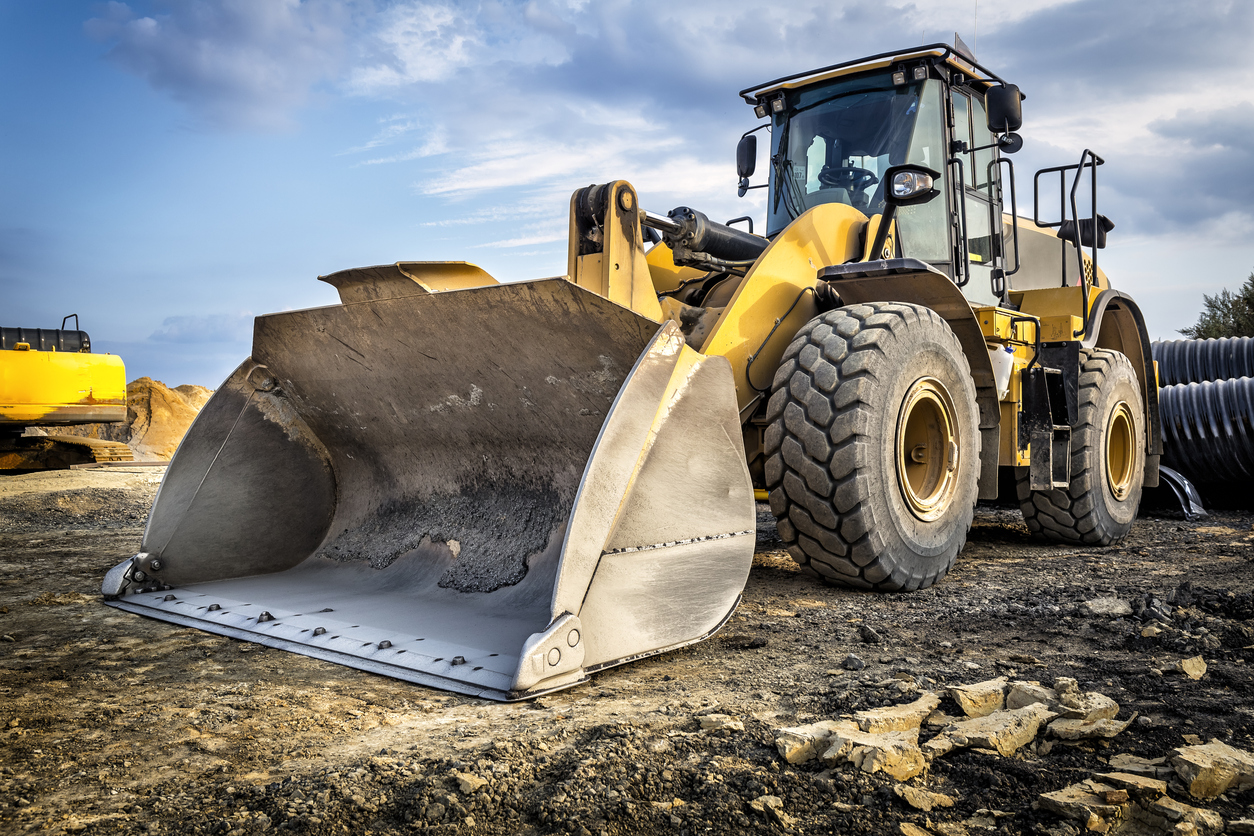The global Construction Equipment and Heavy Equipment market, according to a report by SkyQuest Technology, is expected to grow from $185.12 billion in 2021 to $225.1 billion by 2028. Heavy equipment includes bulldozers, forklifts, backhoes, excavators, cranes, and pavers.
The sector’s growth in the United States can be attributed in part to planned urban infrastructure projects due to the $1.2 trillion Infrastructure Investment & Jobs Act. Robust residential construction over the past few years and sustainable technological advances (e.g., the commercialization of battery electric, hybrid, hydrogen-powered fuel cells, and other alternative-fuel-powered equipment) also contributed to the increased sale of construction equipment and the industry’s overall growth.
In addition, the demand for the development of autonomous construction equipment is increasing and is expected to transform the industry’s landscape in the future. Construction work is ideal for self-driving machines because the tasks are repetitive, physical, precise, and time-sensitive.
Types of Hazards the Industry Faces
While projections for continued growth are good news for the Construction Equipment market, the industry continues to face hazards that could upend an operation without proper risk-mitigation strategies. These hazards include damage, vandalism, and theft of equipment at a dealer, in transit, and on the jobsite.
Thieves, for example, target unsecured construction sites and heavy equipment rental shops, stealing everything from backhoes to excavators and then selling them as refurbished. In August, police traced $5 million worth of stolen equipment to a warehouse in Los Angeles. The warehouse was a chop shop where serial numbers were ground down and repainted with new serial numbers to sell the stolen equipment.
According to the National Equipment Register (NER), a national database of stolen heavy equipment and ownership, the average cost to replace stolen equipment is $17,400 (probably even more if you consider today’s inflationary environment). Moreover, the National Insurance Crime Bureau reports that the recovery rate of stolen equipment in the construction industry is less than 20%.
In addition, the actual cost of theft may be several times greater than the monetary value of the stolen or destroyed property. Contractor penalties may result from a temporary shutdown or job delays. There is the cost of renting replacement equipment and difficulty finding equipment to rent due to supply chain issues. There is the potential for reputational damage and loss of future work.
The top targeted location types, according to NER, are dealerships, worksites, and storage facilities. Holidays like Labor Day, Fourth of July, and Memorial Day are prime days for criminals to target dealer yards and jobsites.
Best Practices to Share with Your Insureds
At the Dealership, Storage Facility
- Ensure alarms and lighting are all in working order where the equipment is located. Watch for vehicles casing the property.
- Test cameras during the day and night to ensure you capture clear images of license plates, faces, and vehicles.
- Move light or highly targeted equipment into service bays and away from the fence.
- Designate someone to check on the facility during the holidays.
In Transit
- Secure heavy equipment properly during transportation to avoid damage, citations, and fines. Failure to properly secure equipment may result in a vehicle violation and hefty fines from the Department of Transportation’s Federal Motor Carrier Safety Administration.
- Install GPS tracking on mobile equipment.
- Don’t leave anything on a trailer. Thieves will use the trailer to steal the equipment.
- Avoid leaving equipment unattended while moving from one job to another.
On the Jobsite
- Put up “No Trespassing” signs in conspicuous locations.
- Walk the fence line around the property to be sure everything is intact. Thieves will cut through posts or stack materials near a wall to prep for the theft. Use padlocks and change them several times during the construction project.
- Install jobsite lighting, yard lighting, lighting in the building, and trailer lighting.
- Use security cameras and security companies when possible.
- Require identification badges and sign-in procedures.
- Provide a minimum number of entrances to the jobsite; lock gates when done for the day or when leaving the jobsite unattended during the day.
- Lock and store keys in a key box in job trailers.
- Mark all tools and equipment with permanent imprints.
- Brand large equipment with name, logo, and colors.
- Paint the last six digits of the serial number on the roof of motorized equipment.
- Require all subcontractors’ and employees’ personal tools and equipment to be marked correctly.
- Appoint someone to inspect all incoming equipment and keep track of serial and inventory numbers.
- Install anti-theft devices such as concealed fuel shutoffs, hydraulic bypasses, track locks, and alarm systems.
- To prevent vandalism, use locking gas and oil caps on equipment and vehicles. When the workday is done, lock the equipment cabs if the jobsite will be left unattended.
- Disable equipment by using hidden switches or by removing fuses.
- Remove equipment from the jobsite whenever possible, especially before severe weather warnings.
These are by no means a complete list of risk-mitigation strategies but a reminder of some steps to prevent construction equipment damage and theft. Seneca Insurance Company provides admitted and non-admitted Inland Marine coverages to insure contractor equipment. We provide coverage for contractor’s tools and equipment that move from site to site – vital coverage for high-cost items susceptible to damage, vandalism, theft, and equipment breakdown. We insure cranes, earth-moving equipment, light-lifting equipment, employee tools, street and road equipment, oil and gas equipment, waterborne equipment, and equipment dealers. It’s critical that clients are insured adequately for owned, leased, and rented equipment.

